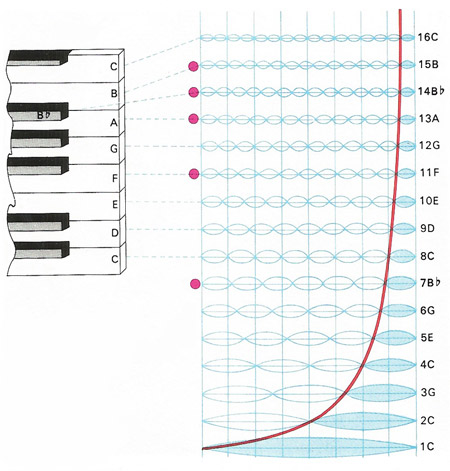
15-1, a point charge of +Q is placed at the centroid of an equilateral triangle. What is the separation between these two.Ģ6) As shown in Fig. (a)What is the magnitude of the force on the electron?ġ6) The force of attraction between a - 40.0 μC and + 108 μC charge is 4.00 N. What is the.ġ0) A proton and electron are separated by 3.5 nm. If the charges on both objects are doubled with no change in separation, the.Ģ8) An electric dipole placed into a non-uniform electric field feels a net forceġ) There is a 5.0 μC charge at each of 3 corners of a square (each side 70. What is the fundamental frequency?Ģ) State the principle of conservation of charge.ĩ) The Coulomb force between two charges can be attractive or repulsive.ġ8) Two charged objects attract each other with a certain force. Which one of the following frequencies will not resonate in the same pipe?Ĥ4) A closed organ pipe of length 0.750 m is played when the speed of sound in air is 340. What is the frequency of the lowest tone that will resonate in a closed pipe of length 2L?Ĥ3) The lowest tone to resonate in an open pipe of length L is 200 Hz.

Which of the following frequencies will not resonate in that pipe?Ĥ2) The lowest tone to resonate in an open pipe of length L is 400. Hz) at 20.☌, a saxophone must create how long an effective air column?Ĥ1) The lowest tone to resonate in a closed pipe of length L is 200 Hz. What is the frequency of C an octave higher?Ĥ0) To produce an "A" note (440. What is the half-angle of the conical shock wave formed?ģ9) Middle C has a frequency of 262. What is the Mach number of the aircraft?ģ8) A jet flies at a speed of Mach 1.3. What is the frequency of the sound emitted by the horn? The speed of sound in air is 343 m/s.ģ7) The half angle of the conical shock wave produced by a supersonic aircraft is 60°. After the car goes by, you hear a frequency of 65 Hz. The observer hears a frequency ofģ6) A car approaches you at a constant speed, sounding its horn, and you hear a frequency of 76 Hz. The observer hears a frequency ofģ5) An observer approaches a stationary 1000 Hz sound source at twice the speed of sound. What frequency is perceived by the occupant of a car traveling towards the factory at 30 m/s? The speed of sound in air is 343 m/s.ģ4) A sound source (normal frequency of 1000 Hz) approaches a stationary observer at one-half the speed of sound. So, that’s the fundamental wavelength or the wavelength of the first harmonic and so that means lambda one is going to be two times L and so the fundamental frequency is v over lambda one and because we have this wave speed formula, v equals frequency times lambda which we can then solve for f and say its v divided by lambda and so that’s v over two L and the… cause we are told what the fundamental frequency of this flute is and we are told that the temperature as well so we substitute this in red in place of v so that’s the speed of sound in terms of the air temperature and then we are gonna solve this all for L and so we will multiply both sides by L and divide both sides by fundamental frequency and so L is 331 meter per second divided by two times the fundamental frequency times square root of temperature in absolute kelvin divided by 273, so that’s 331 meter per second divided by two times the frequency of the metal which is 262 hertz times square root of 20 degrees Celsius converted into kelvin by adding 273.15 divided by 273 and we end up with 65.4 centimetre, must be the length of flute.33) A factory siren indicating the end of a shift has a frequency of 80 Hz. We model the flute as a tube open at both ends and has some length L and we can see that half of the wavelength will fit in this length L when the wavelength is added longest.

This is College Physics Answers with Shaun Dychko.


 0 kommentar(er)
0 kommentar(er)
